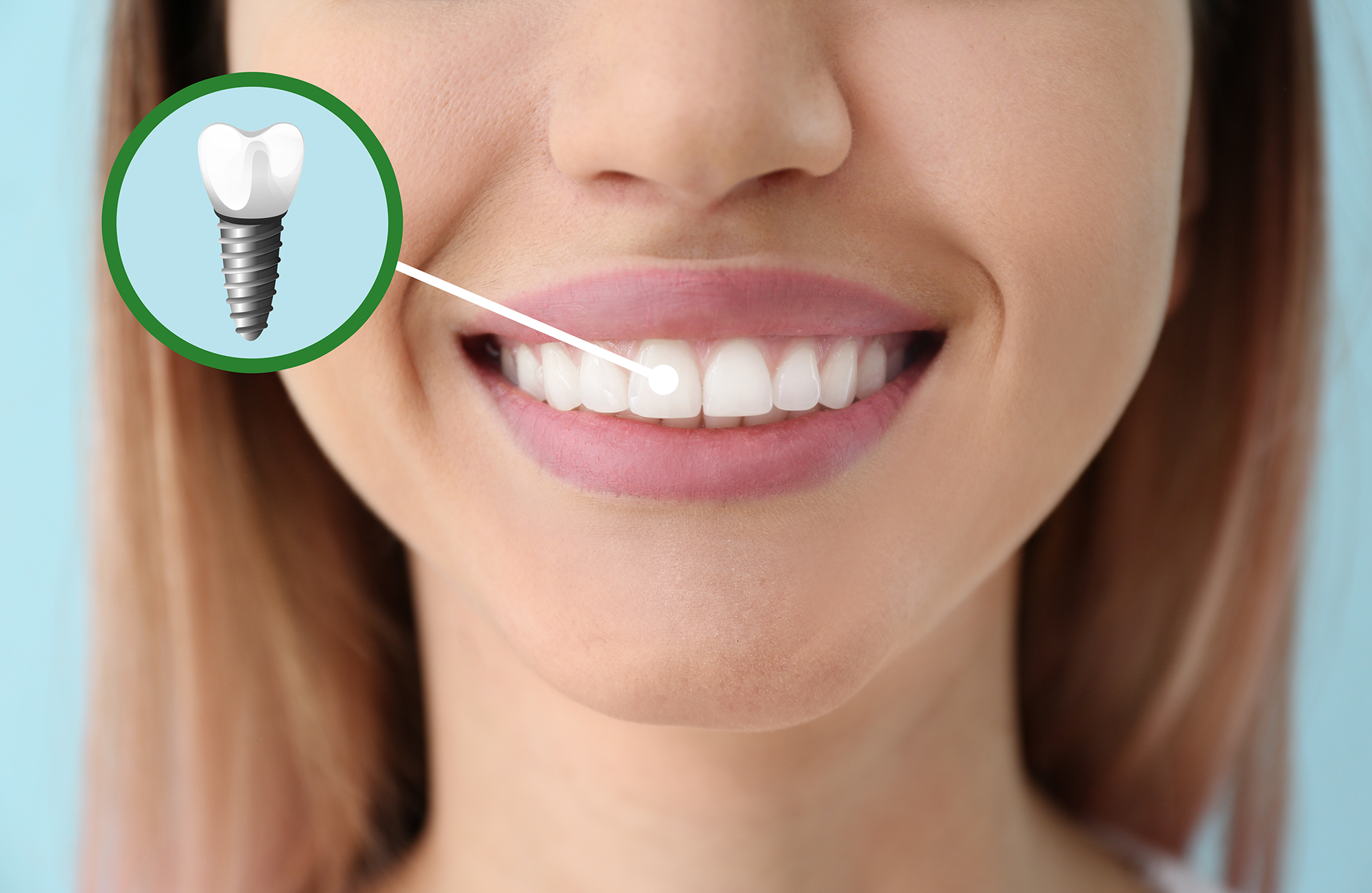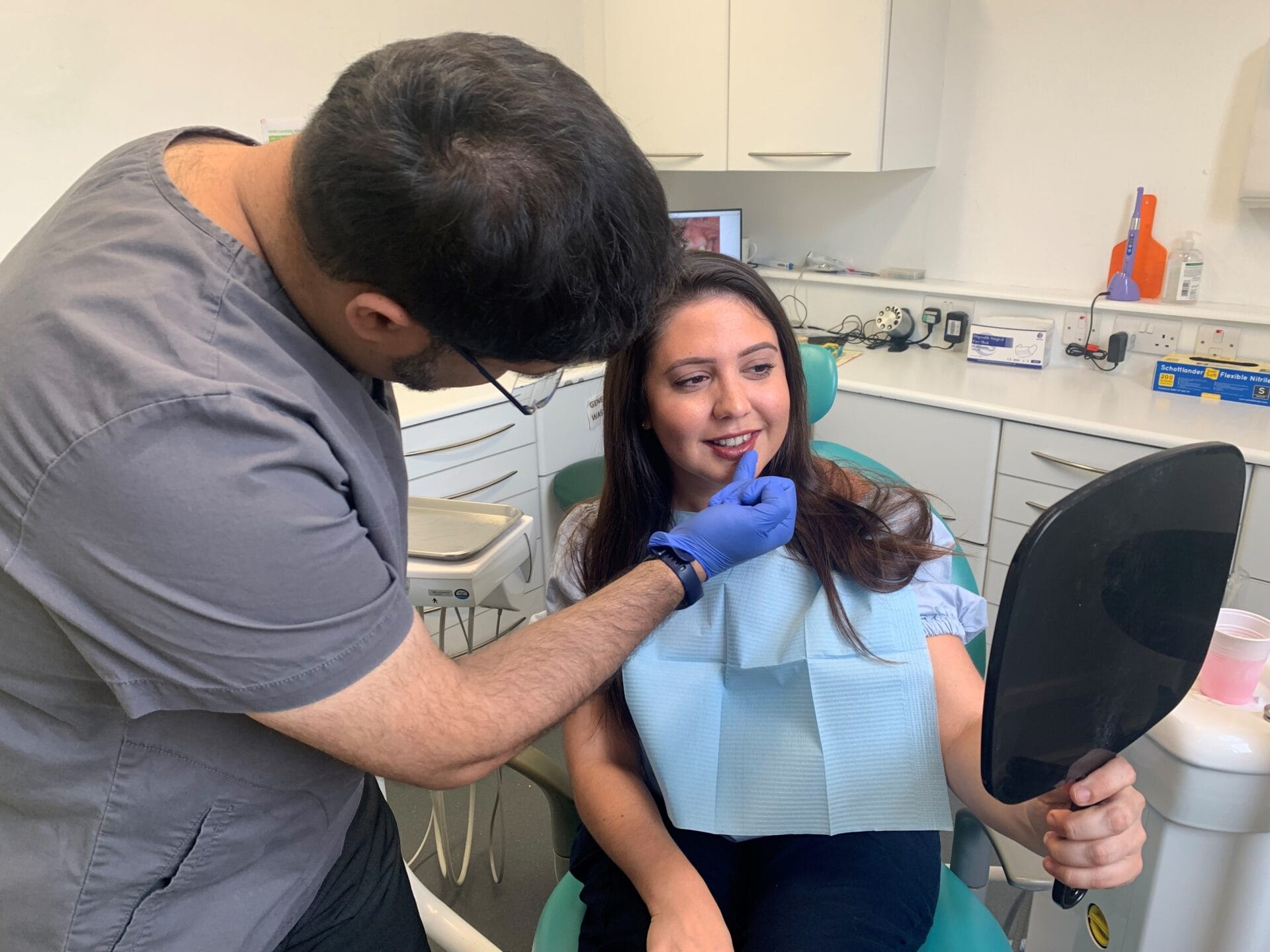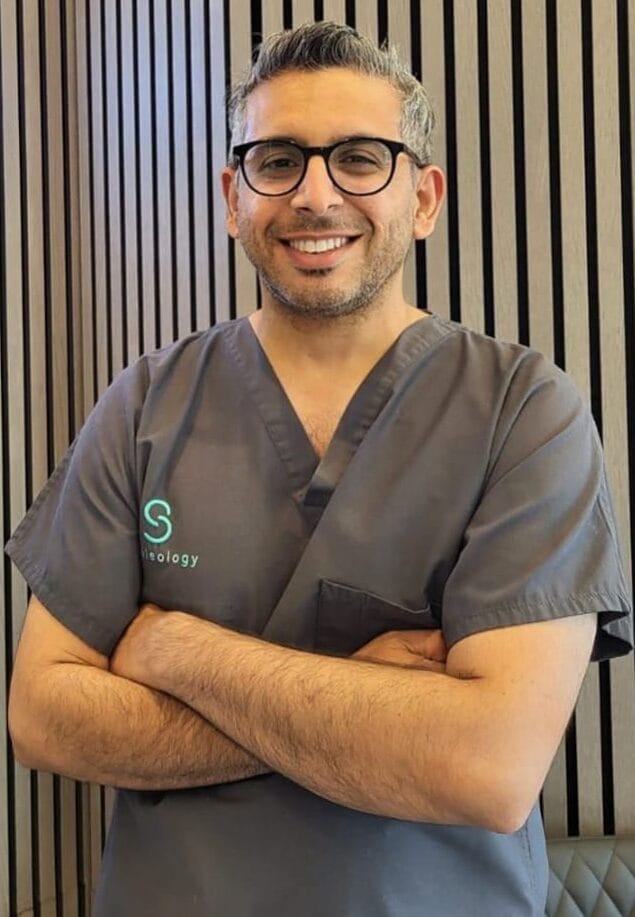Transform Your Smile with Dental Implants Kent: Expert Treatment
Experience the Latest Technologies in Oral Implants Technology
As the area of dental care continues to advance, the advancements in dental implant technology have been absolutely nothing brief of remarkable. From using advanced materials that enhance resilience to the application of electronic imaging for exact positioning, these advancements are transforming the landscape of dental care. With minimally invasive surgical techniques and the customization capabilities of 3D printing, patients now have access to customized options that were when unthinkable. Moreover, the assimilation of innovation is reinventing the performance of dental implants, assuring improved outcomes and client satisfaction.
Advanced Materials for Improved Resilience
In the world of dental implants modern technology, the integration of innovative materials has significantly added to enhancing toughness and longevity of these vital dental prosthetics. The use of materials such as titanium alloys, zirconia, and ceramic compounds has changed the field by using increased biocompatibility, strength, and resistance to rust.
Titanium alloys are extensively used in dental implants as a result of their exceptional strength-to-weight ratio, rust resistance, and compatibility with the body. These alloys ensure the security and longevity of the implant by standing up to the pressures put in throughout chewing and speaking, providing a trustworthy option for people looking for long lasting tooth substitutes.
Zirconia, a kind of ceramic material, has gained popularity for its biocompatibility and natural tooth-like appearance. Its high stamina and resistance to use make it an appropriate selection for dental crowns and bridges, improving the total looks and capability of the dental implant.

Digital Imaging for Exact Positioning
The development of dental implants modern technology has actually better progressed with the combination of digital imaging techniques, guaranteeing exact positioning of these prosthetics for ideal functional and visual results. Digital imaging plays a critical duty in the preparation and placement of dental implants by giving thorough 3D photos of the client's jawbone structure. This modern technology permits dental experts to evaluate bone thickness, situate essential frameworks, and prepare the exact placement and angle for implant placement with unparalleled precision.
By using electronic imaging, dental experts can produce online medical guides that act as a roadmap during the dental implant placement procedure. These overviews are customized for every patient, thinking about their unique makeup and the preferred end result. This level of accuracy not only enhances the success rate of oral implant procedures yet likewise decreases the risk of difficulties.
Additionally, electronic imaging allows dentists to picture the final prosthetic reconstruction before the real positioning of implants, allowing for thorough planning and ensuring that the result fulfills the patient's visual assumptions. Generally, the integration of electronic imaging modern technology has transformed the area of oral implants, offering individuals an extra foreseeable, efficient, and you can try here patient-specific treatment approach.

Minimally Intrusive Surgical Methods


Developments in surgical methods have led to the development of minimally intrusive methods in the area of dental implantology. These techniques aim to reduce injury to the individual, shorten recovery times, and improve overall therapy end results. Minimally invasive procedures include smaller incisions, specialized instruments, and advanced imaging technologies to precisely place dental implants with minimal disruption to surrounding cells.
One key aspect of minimally invasive strategies is using guided surgery, where 3D imaging and computer-aided layout software program are used to prepare the dental implant positioning with excellent accuracy. This permits for a much more foreseeable outcome and can usually get rid of the demand for substantial flap surgical treatment.
Additionally, developments in products and implant style have likewise added to the success of minimally invasive strategies. Implants with enhanced surface homes advertise quicker osseointegration, lowering the healing time called for prior to the prosthetic repair can be positioned.
3D Printing for Customized Solutions
Using 3D printing technology in dental implantology permits the creation of extremely tailored solutions customized to individual client demands and anatomical variations. This innovative modern technology allows oral professionals to develop and produce oral implants with remarkable precision and accuracy. By making use of electronic imaging my explanation techniques, such as cone beam of light computed tomography (CBCT), comprehensive 3D designs of the person's oral cavity can be generated to direct the implant planning procedure.
Among the vital benefits of 3D printing in oral implantology is the capacity to develop patient-specific implants that flawlessly fit the distinct makeup of each individual. This individualized strategy aids improve the general success and durability of the implant by guaranteeing optimal fit and alignment. Additionally, 3D printing permits for the production of complex geometries and intricate structures that would certainly be difficult or difficult to achieve using traditional production techniques.
Additionally, 3D printing innovation enables dental practitioners to enhance the implantation procedure, lowering surgical treatment time and enhancing overall person experience. With its capability to produce customized solutions rapidly and effectively, 3D printing is changing the field of oral implantology, offering individuals ingenious treatment alternatives and enhanced outcomes.
Integrated Technology for Improved Capability
Carrying out advanced technology in dental implantology enhances performance and accuracy, elevating the requirement of treatment for individuals undergoing implant treatments. Integrated innovation plays a vital duty in improving the general success and longevity of dental implants.
Moreover, the integration of computer-aided design and computer-aided manufacturing (CAD/CAM) technology allows the production of personalized implant reconstructions with extraordinary precision. CAD/CAM systems make use of electronic impacts to design prosthetics that perfectly fit the patient's distinct composition, ensuring optimal comfort and functionality. Furthermore, using robotic-assisted surgery in implant positioning boosts accuracy and minimizes the risk of human error.
Conclusion
Finally, the current advancements in oral implants modern technology offer improved toughness via innovative products, exact placement with digital imaging, minimally invasive surgical strategies, tailored options with 3D printing, and enhanced capability with integrated technology - Dental implants Kent. These advancements in oral implants innovation are changing the field and supplying people with even more efficient and efficient therapy alternatives for recovering their smiles and oral health
The combination of technology try this web-site is transforming the functionality of oral implants, promising enhanced end results and client complete satisfaction.
The evolution of oral implants technology has actually further progressed with the assimilation of digital imaging methods, guaranteeing exact placement of these prosthetics for ideal useful and aesthetic results. Minimally invasive medical procedures include smaller sized incisions, specialized instruments, and progressed imaging modern technologies to precisely put oral implants with minimal interruption to bordering cells.
Implementing sophisticated innovation in oral implantology boosts functionality and precision, raising the requirement of care for clients undergoing implant procedures. Dental implants Kent. Integrated innovation plays an important function in boosting the total success and resilience of dental implants